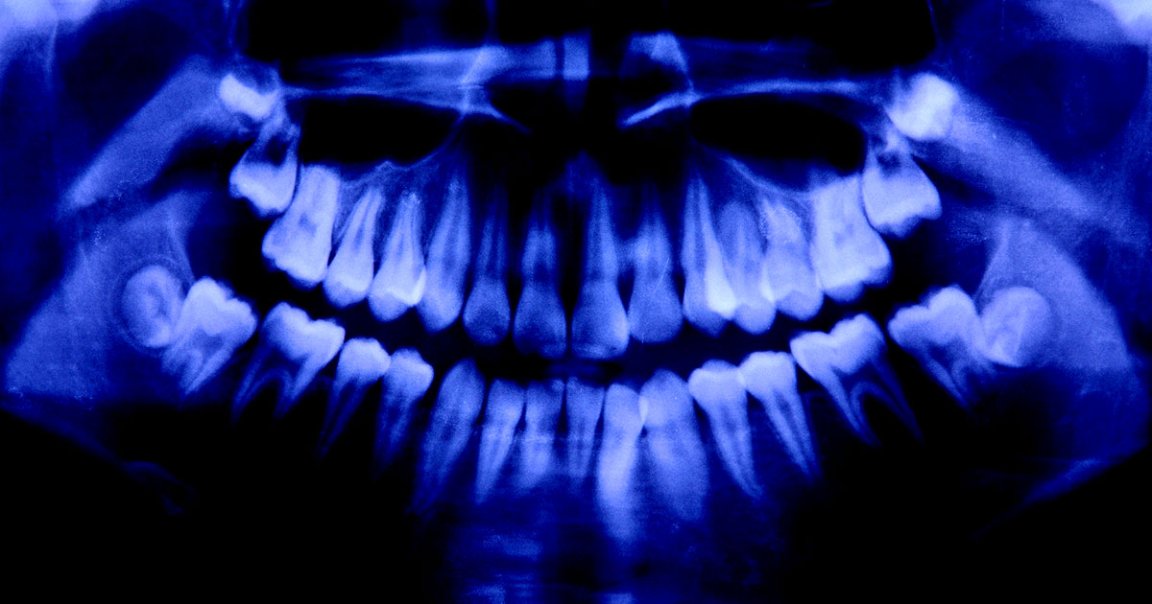
An international, multidisciplinary team of researchers has taken a fascinating step toward a possible future in which we could regenerate human teeth with the use of stem cells.
As detailed in a new paper published in the journal Developmental Cell, the researchers created organoids, which are three-dimensional scaffolds of stem cells that mimic the functions of organs, to secrete proteins that eventually turn into dental enamel, the hard material that protects teeth from decay or damage.
“This is a critical first step to our long-term goal to develop stem cell-based treatments to repair damaged teeth and regenerate those that are lost,” said co-author Hai Zhang, professor of restorative dentistry at the University of Washington, in a statement.
Enamel is formed in the body by ameloblasts, cells that secrete enamel-building proteins. But once teeth are fully formed, these ameloblasts die off, leaving the body with no way to fix or regenerate damaged enamel.
The researchers recovered special genetic instructions for assembling these proteins through a technique called “single-cell combinatorial indexing RNA sequencing.”
They then used a computer program to retrace how genes can turn stem cells into enamel-building ameloblasts.
After a substantial amount of trial and error, the researchers were able to turn human stem cells into ameloblasts by activating genetic pathways using that blueprint.
The researchers found that they could coax different cell types to organize themselves into the organoids, which came to resemble the early stages of tooth formation.
But plenty of challenges remain until we can induce the regrowth of enamel in human patients. Zhang and his colleagues are now working on new ways to create enamel that is as hard as the stuff found in natural teeth.
If successful, the discovery could change the way we repair teeth. For instance, dentists could fill cavities using lab-grown enamel.
Lead author Hannele Ruohola-Baker, professor of biochemistry at the University of Washington, believes we could even take this a step further eventually by filling cavities with “living fillings” that could grow over time and self-repair.
The study could also inform other avenues of stem cell research.
“Many of the organs we would like to be able to replace, like human pancreas, kidney, and brain, are large and complex,” said Ruohola-Baker in the statement. “Regenerating them safely from stem cells will take time.”
“Teeth on the other hand are much smaller and less complex,” she added. “They’re perhaps the low-hanging fruit. It may take a while before we can regenerate them, but we can now see the steps we need to get there.”
More on teeth: New Treatment Makes Teeth Grow Back